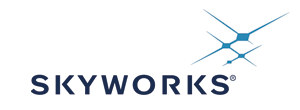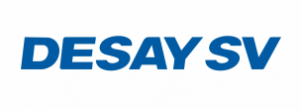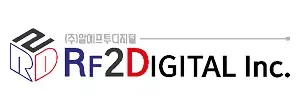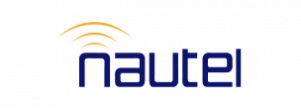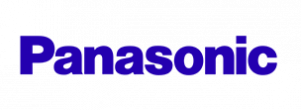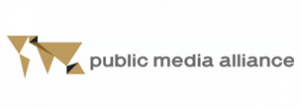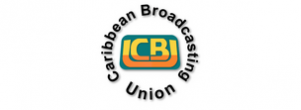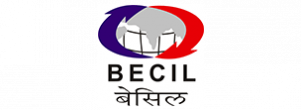In a recent interview given to the Greek online publication radiotvlink.com, the DRM Consortium as asked very specific questions about DRM and its implementation. Here are two of the questions and answers of this ample interview:
radiotvlink.com: In your opinion, what are the results of the DRM broadcast solutions implementation (financial, energy & environment, social, educational etc.) for the Radio Stations, which implement a DRM broadcast solution and for countries and their citizens who already use DRM services?
Ruxandra Obreja:
DRM is a flexible, spectrum and energy saving solution. In AM the savings in energy can be 40-50%, or more depending on type, age and power of the transmitter. For FM, DRM delivers up to 90% savings in energy costs. I venture to say, this cannot be matched by other similar digitization solutions being considerably less than energy-hungry FM. To prove the energy and green credentials of DRM, we have created a free and easy to use energy calculator that will give broadcasters the report on their savings and green results by using their very own data: energyefficiency.drm.org.
One other feature of DRM, which actually makes it a more cost-effective standard, is the fact that analogue transmitters, if not very old, can be upgraded to DRM. This is then a much cheaper option than buying a new transmitter or setting up a whole new infrastructure.
But DRM is not just about using spectrum and energy better. It is about delivering so much more than good audio in FM but, so important, in AM, as well. Using its data carriage capacity and Journaline (the advanced text and image delivery feature), we have demonstrated that DRM can transmit those all-important emergency warnings to an DRM digital receiver, distance education, where internet is not available or has failed (and without data plan costs), traffic information multiplying and enhancing also the advertising possibilities. So, the economic and social attributes of DRM clearly exceed those of analogue. Moreover, DRM has demonstrated these extra benefits from word go and they are in use in some parts of the world already (India, Indonesia etc.), therefore they are not just a potential or test options. They are real and they work.
radiotvlink.com: Some, around the world, are talking about replacing completely the analog FM transmissions (due to lack of spectrum or other reasons) with Digital Radio. What do you think is the best Digital Radio solution and why? What is best suited specifically for those countries that have a difficult topography, with many mountains, but also remote islands, such as Greece? And what are the choices for countries that do not have private AM or SW infrastructures (only the Greek Public Broadcaster ERT has) but only FM, like Greece?
Ruxandra Obreja:
The answer is simple: DRM in all frequency bands. You would expect me to say this but, objectively this is the right, most accurate answer. For countries with large and complex topographies like Greece the only way is the DRM standard. The goal of every country in the world is to provide to all its citizens access to new technologies, in this instance to digital radio. Therefore, a country needs to be fully covered. The DRM solution for both AM and FM can be used by large national networks using DRM in mediumwave or shortwave even, and local and community stations using DRM in FM at a cost that cannot be matched by any multiplex solution on offer. A small Greek island cannot sustain a multiplex with lots of channels, as there are not enough players, e.g. broadcasters and advertisers in that market to fill the full multiplex and share the costs. A small station will always be able to digitise using the FM band, its transmitter (if not too old), its antenna. It only needs to add a few digital enhancements and the station can have 2-3 digital channels on the air and a data channel that can be used for emergencies, advertisements, extra information etc. The station maintains its brand, its coverage or even can extend it a bit, and what is important: its independence. This model is not matched by any solution offered by our competitors.


